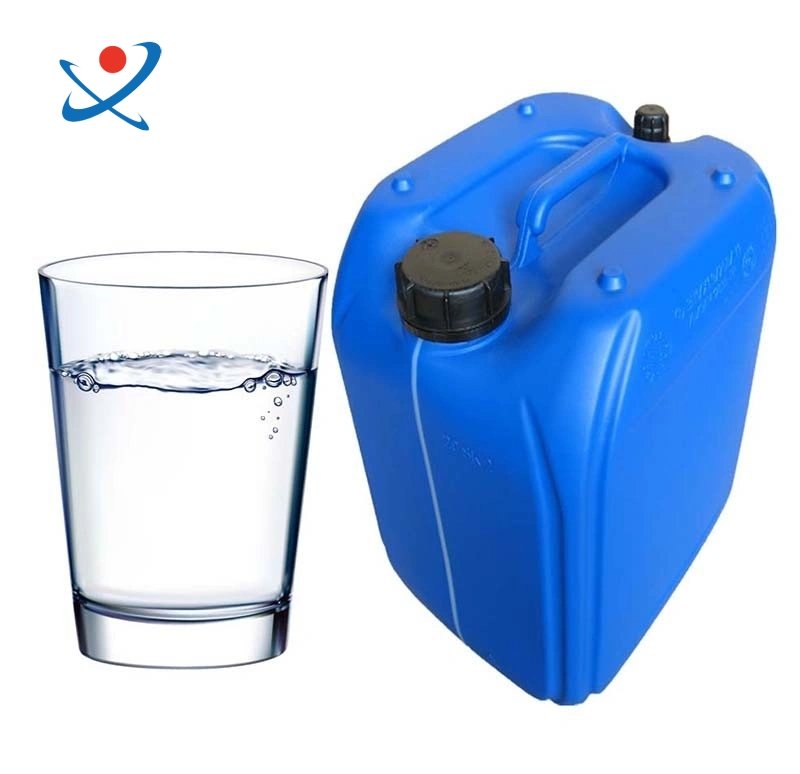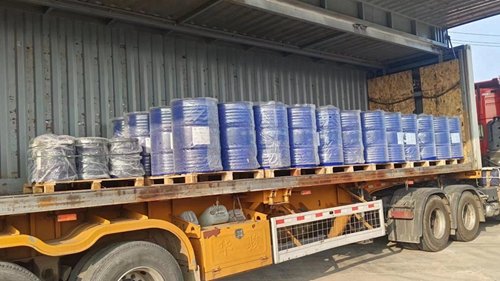
Gas odorization, as one of the proactive safety measures of gas companies, has received high attention from people. At present, there are three types of odorants specified in GB/T19206-2020: sulfur free odorants, thioethers, and thiols. The latter two odorants contain sulfur and produce SO2 gas during combustion, which affects the quality of gas combustion and also affects the product quality of some industrial users, while polluting the environment. With the increasing demand for clean energy and the strengthening of control over the sulfur content in natural gas, the use of sulfur free odorants has become a future development trend.
Development and Application of Sulphur-free Odorant
-
- Gas odorization, as one of the proactive safety measures of gas companies, has received high attention from people. At present, there are three types of odorants specified in GB/T19206-2020: sulfur free odorants, thioethers, and thiols. The latter two odorants contain sulfur and produce SO2 gas during combustion, which affects the quality of gas combustion and also affects the product quality of some industrial users, while polluting the environment. With the increasing demand for clean energy and the strengthening of control over the sulfur content in natural gas, the use of sulfur free odorants has become a future development trend.
- It was developed successfully by a Germany company and applied in 1998
- Sulphur-free odorant conforms to the requirements of European standards and has been used by about 80% of natural gas suppliers in Germany.
- In addition to Germany, sulphur-free odorant has also been gradually used by such countries as Switzerland, Austria, Poland, Russia, Czech Republic, Portugal, Spain, Italy, Turkey and China.
- The addition standard of the sulphur-free odorant above has been specified explicitly in 3.1 Quality and quantity of sulphur-free odorant in CJJ/T148-2010 Technical Specification for City Gas Odorization.
- The technical requirements of sulphur-free odorant has been explicitly specified in 2020 national standard GB/T19206—2003 Requirements and Test Methods for Organic Sulfur Compounds Used as Odorants for Natural Gas.
- LH-VI sulphur-free odorant, which was launched on market in 2020, has been used by more than 200 gas companies at present
Strengths of s-free gas odorant
-
- It can be stable for at least 18 months;
- Wider range of temperature:-50℃ ~+50℃;
- It can be highly mixed with natural gas;
- Natural gas contains no sulphur, which could lower the danger of corrosion
and extend equipment’s service life;
-
- It does not generate sulfur dioxide during combustion, so as to reduce pollutant discharge effectively;
-
- It is stable in pipeline network and does not corrode sealing materials after vaporization;
-
- It can be transported and stored in existing containers;
-
- It is compatible with existing odorization system;
-
- It can be switched with other odorants directly in pipeline network freely;
-
- Small addition amount, which saves odorization fees.

